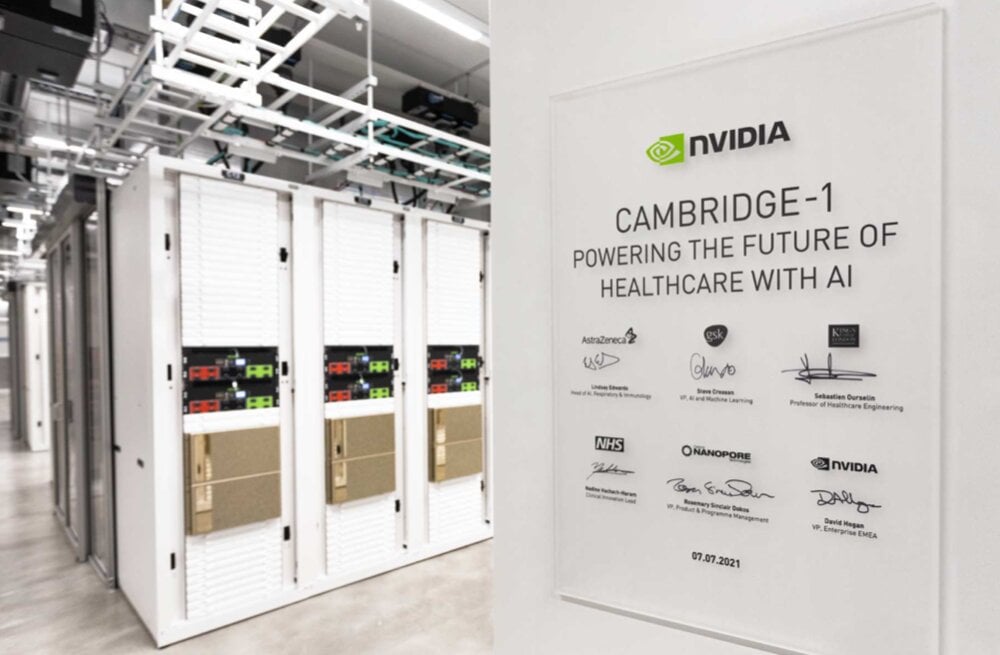
In a moment of excitement for tech nerds across the world, Top500 has released their bi-annual list of the most powerful supercomputers on the planet.
So, what is a supercomputer? It does not, as the name implies come fitted with a lycra bodysuit and a cape.
However, it does have abilities that could be likened to superpowers. Like a running 1,000 times faster than a regular computer. There is also the fact competition to make the biggest and best supercomputer is also fierce amongst 'superpowers' of a different kind.
Typically these superpowers are, you guessed it, America and China, who have dominated the Top500 list with their supercomputers since the list began.
This year, the UK has firmly thrown their hat in the ring with the Cambridge-1, a £50m supercomputer backed by technology company Nvidia. This incredible supercomputer has worked to accelerate the pace of the UK’s genome sequencing, drug discovery and disease research, processing a colossal amount of pharmaceutical and healthcare-related data.
The performance of Cambridge-1 makes it the 29th on the Top500 list of the most powerful supercomputers in the world. This is in addition to its top three ranking in the Green500 list and status as one of the world’s most energy-efficient high-performance computing (HPC) environments.
The performance of Cambridge-1 makes it the 29th on the Top500 list of the most powerful supercomputers in the world. This is in addition to its top three ranking in the Green500 list and status as one of the world’s most energy-efficient high-performance computing (HPC) environments.
Wow! truly a super, supercomputer. The fact it's 29th says a lot about the sophistication of the top entries in the top500 list.
Which include, at the top spot, the Japanese Fugaku, a supercomputer capable of carrying out 2.8 times more calculations per second than an IBM machine in the US. This room-sized mountain of a machine, suitably named after Mount Fuji, was developed over six years by Japanese technology firm Fujitsu and the government-backed Riken institute.
With Japan having both the Fugaku and the H5 Series Shinkansen, the second fastest train in the world, we imagine time itself speeds up on the island nation.
The Fugaku knocked the USA's Summit from its top spot on the listings, a position it had held for four years running. US and Chinese supercomputers naturally dominated the runners up, with the German JUWELS coming in 8th.
Wait, I hear you asking, how do they even calculate this? How do they decide which supercomputer is the best in the world?
It's actually through a program that has existed for far longer than you would expect.
The benchmark for rating the top 500 supercomputers has always been the High-Performance LINPACK program, a software library for performing numerical linear algebra on digital computers.
The program was created for use on supercomputers in the 1970s and early 1980s. This, I'm sure your thinking seems unexpected. Are they still using programs from the seventies and eighties to evaluate supercomputers in 2021?
The program was created for use on supercomputers in the 1970s and early 1980s. This, I'm sure your thinking seems unexpected. Are they still using programs from the seventies and eighties to evaluate supercomputers in 2021?
Researchers at the Sandia National Lab find this equally perplexing. This is why they have been working to devise new, modern test programs including HPCG (High-Performance Conjugate Gradients).
This list is so much more than a flashy competition and opportunity for nations to flex. It speaks to the level of sophistication and innovation technological development is reaching across the world.
And how the UK with the Cambridge-1 supercomputer is stepping up and doing incredible things.





